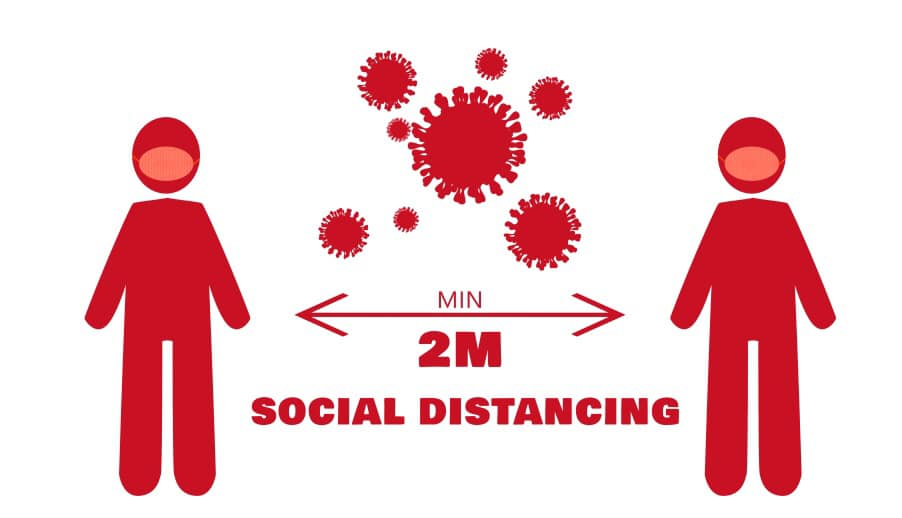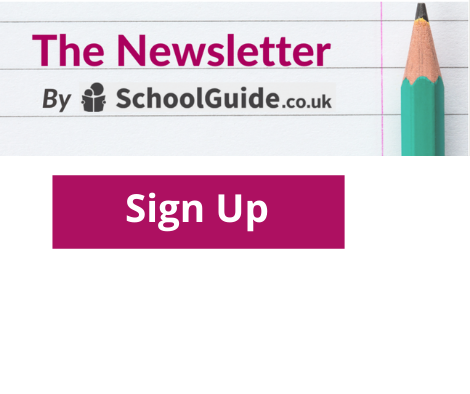Everything You Need To Know About Your Child's Return To The Classroom

When will the schools go back and is it safe to send your child into a classroom? School Guide looks at the current advice and guidance to help you decide
This week the government announced that June 1st would be the earliest that parents across England would see the beginning of the end of homeschooling. Reception, Year 1 and Year 6 were set down as back to school priority groups: the first children, other than those of key workers, to step back into the classroom since schools closed on 20 March.
There has been a significant backlash from teacher’s unions this week with calls over safety and questions regarding the feasibility of social distancing in a school setting, especially among younger children.
However, Education Secretary Gavin Williamson insists children need to start returning to the classroom in the "interests of their welfare and education” and last night urged unions to do their "duty" and stop trying to block plans to reopen schools.
As with every aspect of lockdown, education is an ever-changing landscape but School Guide looks at what we know so far about when and how schools will reopen.
When will children return to classrooms and which year groups will return first?
The government announced that Reception (4-5 year olds), Year 1 (5-6 year olds) and Year 6 (10-11 years olds) would be the first to return “at the earliest” on June 1st.
They said it was the “ambition” for all primary schools to be back for a month before the summer holidays.
Will secondary schools be closed until September?
For the large majority of secondary pupils, a return to the classroom in September looks to be the most likely outcome.
The government’s guidance has focused mainly on the re-opening of certain primary year groups but there was also a brief reference to Years 10 and 12 and "face to face time with teachers before the end of term". The guidance specifically states that, “This will not be a return to full timetables or pupils back in school or college full time, rather some support to supplement pupils’ remote education.”
Head teachers have said that this advice is to ensure those schools who have not offered, or were not in a position to offer, online contact between schools and the pupils who will sit GCSEs and A levels next year prioritise having contact ahead of the long summer holidays.

Why have the youngest and oldest primary pupils been selected in the plan for primaries?
Year 6 is the final year of primary school and it’s considered important for pupils’ emotional wellbeing for them to go back to school and see their friends and teachers for the last time. Year 6 will be able to focus on important transition work to prepare them for secondary school in September.
Early year’s teaching in Reception and Year 1 focuses on vital building blocks for education: the foundations of reading and first number skills. The social skills they gain is also important, according to experts. These pupils are also too young to do much remote learning.
What are the benefits for children returning to school?
Gavin Williamson has said: "Parents are doing a fantastic job helping children learn at home, but nothing can take the place of a teacher." Even the best remote education programme cannot compare with “real life” learning. There are also growing concerns about the learning gap between children growing even wider during lockdown; that the longer the pupils stay away from the classroom, the more difficult it will be to close the knowledge gap between those who have access to help and support at home and those who do not. There are also welfare concerns about vulnerable children.
The government has also argued children returning to school will help parents return to work and assist the economy get back on its feet. Some ministers have said that lockdown cannot be eased until workers’ children are back in education.
Why are teacher’s unions against children returning from 1st June?
Teachers unions, including the NASUWT, have threatened to sue if teachers are "expected to go into a school that is not safe". A letter signed by general secretary Patrick Roach threatens to delay the June 1 start date as it has "fundamental concerns" over guidance issued by the government over protective measures including the availability of PPE for teachers and staff. It says: "Stringent guidance has been issued for the NHS, for care homes and for employers across the UK. It is unacceptable that this has not been the case for schools.”

What measures will be put in place to keep children safe?
Guidance from the Department for Education says primary school class sizes should be limited to 15 pupils and desks spaced as far apart as possible. Young children also face the prospect of being sent to a different school, the guidance says, if limited classroom space or staff numbers mean children can't be placed in small groups.
The Department for Education has admitted that social distancing for younger children will be difficult and has taken this into account. In the Protective Measures for Schools document released on May 12, the 2 metre social distancing rule is to be relaxed for primaries.
Other guidance includes: increased cleaning; utilising outdoor space; staggering lunch and break times; staggering drop-off and pick-up times, and one-way circulation around the school site including placing a divider down the middle of the corridor.
Will teachers get PPE and will children be expected to wear face masks?
Not under current government guidance.
Will there be fine for parents who choose to not send their children back to school?
No, the Department for Education says parents will be "strongly encouraged" to take up places following likely schools re-opening after 1 June unless a child or a family member is self-isolating or if the child is particularly vulnerable due to an underlying condition. But added: “There will be no penalty for families who do not send their children to school.”
What are the current rules about staying at home if a pupil develops covid-19?
If a child develops coronavirus symptoms, they will be sent home to self isolate for seven days. Other members of the child’s household should self isolate for 14 days. If the child tests negative for the coronavirus, they can return to school. If they test positive, the rest of their class will be sent home to self isolate for 14 days.
It is true that children are super spreaders?
The jury is very much out on this. While early studies indicated that children may be ‘super spreaders’ of Covid-19, a recent report in the British medical journal by a group of scientists who have analysed data from the earliest infections in China to the present day, said: “At the current time, children do not appear to be super spreaders. Governments worldwide should allow all children back to school but detailed surveillance will be needed to confirm the safety of this approach.” There has also been a study, published by Public Health France, of French boy who tested positive for Covid-19 who attended three schools and came into 170 people but did not pass on the virus.
Will private schools be different?
Leaders in the independent sector have said that private schools may not need to stagger classes as much as state schools because they the tend to have more space. Fee-paying institutions, which generally have smaller class sizes, could use sports halls and theatres to teach more of their pupils while social distancing measures are in place. When schools reopen, pupils are likely to return in a phased way with only some year groups coming in each day.
Will schools close again if we see a second wave of infections?
This seems likely unless the Government completely changes its strategy.
Where can I find help if I want to homeschool my child going forwards?
There is clear guidance on the government website on how to apply to educate your child at home.
Where can I find more information on safety in schools?
As information is changing daily, the best place to find changes and updates to guidelines is via the Department for Education’s website.
You can also get all the latest news and updates during school closures and the impact of coronavirus on UK education in our free weekly newsletter.






